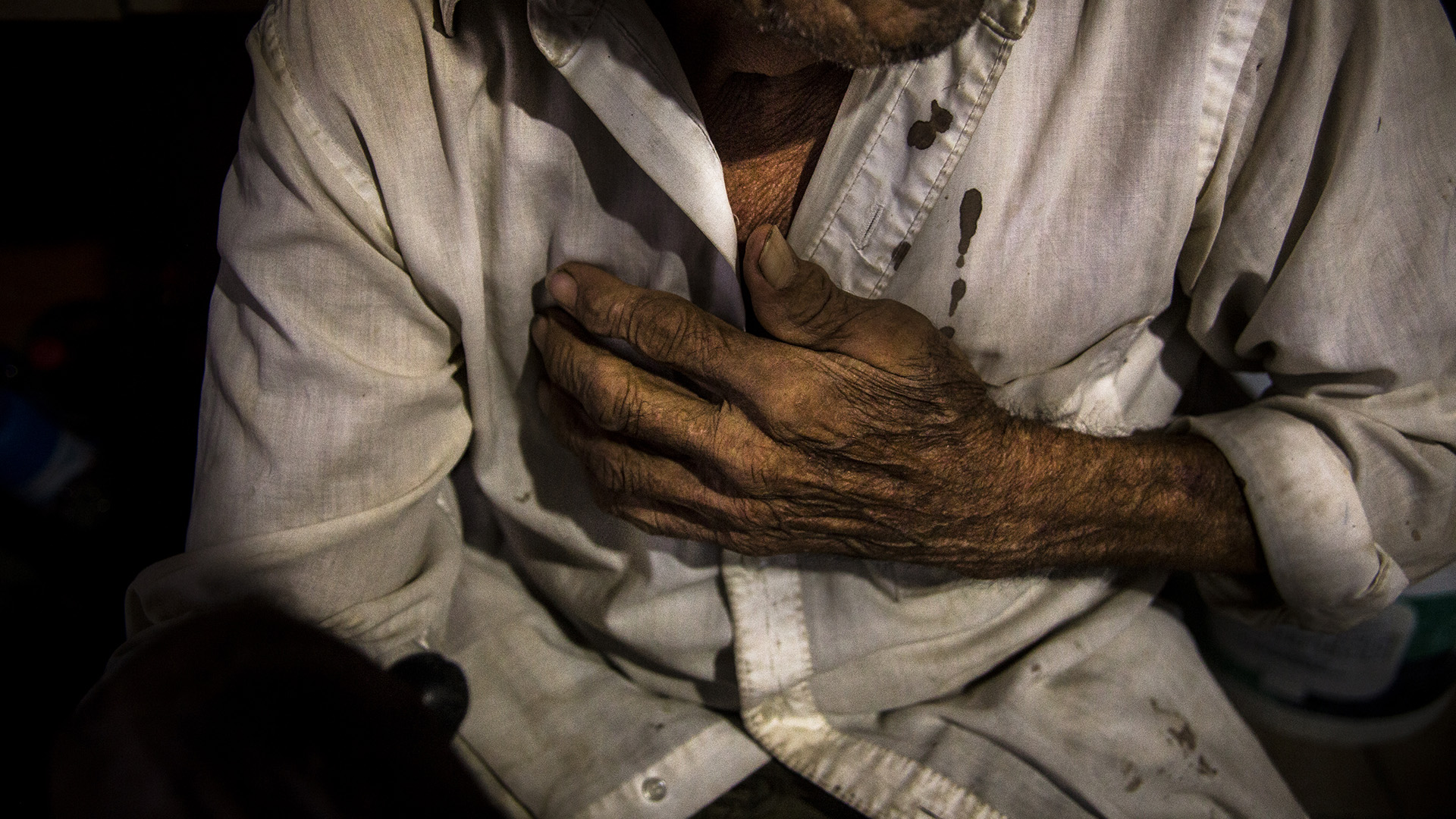
In 2013, Yael Martinez’s brother-in-law Beto was killed by organized crime. After these events, he began to document his family and the families of other missing people in Mexico. Across the country, more than 37,400 people have been categorized as “missing“ by official sources. The vast majority of those are believed to be dead—victims of ongoing violence that has claimed more than 250,000 lives since 2006. These disappearances are the source of lasting psychological trauma for families left behind.
Yael Martinez’s work focuses on communities fractured by organized crime, in a physical and psychological sense. It represents the relationship of absence and presence and this state of invisibility in a symbolic manner. “The symbolic construction of the territory where violence penetrate all and this violence crosses the physical and spiritual space of those who inhabit it,” he says.
Why is photography a good way to tell the story “The House that Bleeds”?
Photography touches everything in our actual life; and more than photography the image. We have to think about how we use the codes to create that image. Photography has been for me a life experience. It has given me a great sense of history that helps me see and photograph the present, that I hope would help define how our society would see the future, to help deepen our foundation that can withstand any adversity. Trough photography is the way I can express myself about how I relate with the world and with my reality; that’s why I chose photography to tell the story about my family and the families of missing people in Mexico.

Why is this story important to tell?
My goal is to constitute in a documentary essay a historical memory as a substantial way to face the violence of a power that not only destroys the body, stifles life and controls existence. It is vital and really important for Mexico to construct a memory of our actual history, a people without memory is condemn to repeat their mistakes. I must represent the physical and psychological wear that accumulates over time without the slightest response from the authorities, which burdens families with despair and profound emptiness. The title “The house that bleeds” is symbolic. The house as metaphor that can be the body of a person, a community or a country. The symbolic construction of the territory where violence penetrates all and this violence crosses the physical and spiritual space of those who inhabit it.

“The work of the photographer and artist must have an impact on society”
Because it is also a personal story, you tell it with intimacy. On your opinion, what does this point of view bring?
Photography and art are always personal, and personal accounts are social accounts. It is essential to bring this to my work and I will definitely say this changes the way we see, feel the world and the reality we are into. From my perspective, the work of the photographer and artist must have an impact on society and the community. Today, more than ever, the photographer has to generate spaces for reflection and analysis on the issues he or she is generating. It is imperative to understand documentary photography from different perspectives, in which the main collaborators are the people who are opening their hearts and the doors of their homes to be able to generate a memory about the social processes that they are living.
If the work does not impact the community directly, it is not working to create a social change, it is vital to create educational and training spaces for the communities that do not have access to them. Understanding photography and art as a vehicle for social transformation. My approach dynamics are always long-term processes working with the community and now I want to learn to generate integral collaborative projects with different fields of study.

Your pictures are often suggestive. Why did you chose this type of expression?
When we were going through this tragedy in the family, I was trying to understand the problems we were facing and for me it was essential to transfer those experiences and emotions to a visual plane. Many of these times I felt that reality exceeded the way I usually understood it. Many times it seemed that we were on another state, in a dream or in a nightmare. Things seemed surreal. That is why I decided to take images that contained metaphors and analogies to these experiences.

What does winning the Smith Grant represent for you as a photographer, and for this documentary essay?
It is a big honor to be awarded by an institution like the Eugene Smith memorial Fund. When I discovered photography, Eugene Smith, Robert Frank, Graciela Iturbide, Josef Koudelka were my biggest influences and that is why I wanted to become a photographer. I was fascinated with their work and I loved the way they bond with the people they photographed, that beyond just images. They generated life experiences and deep connections with life itself.
I think winning this award gives me the opportunity and the responsibility to continue working with all the families that are facing this violence in Mexico and to try to be the channel so their voices can be heard all over the world. I just want to thank my family and the families of other missing peoples, thanks for the trust to give me the accessto share their stories and life because I think photography is a collaborative project, where personal voices come together to create one single voice.



Interview by Jonas Cuénin


